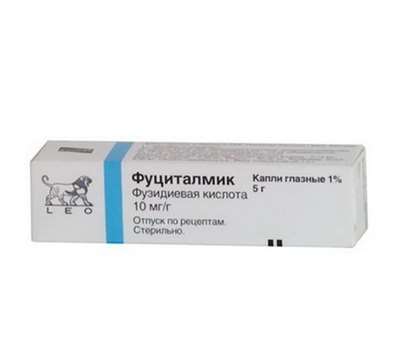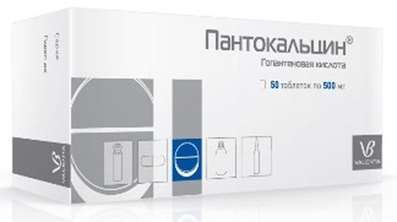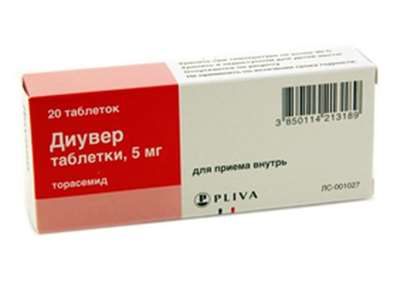Instruction for use: Dopamine
I want this, give me price
The Latin name of the substance Dopamine
Dopaminum (genus. Dopamini)
Chemical name
4- (2-Aminoethyl) -1,2-benzenediol (as hydrochloride)
Gross Formula
C8H11NO2
Pharmacological group:
Dopaminomimetics
The nosological classification (ICD-10)
A48.3 Toxic shock syndrome: Bacteremic shock; Infectious-toxic shock; Intoxication syndrome; Toxico-infectious shock; Toxic shock; Chronic intoxication in diseases of the digestive tract; Chronic intoxication in gastrointestinal infections; Endotoxin shock
I50.0 Congestive heart failure: anasarca heart; Decompensated congestive heart failure; Congestive heart failure; Congestive heart failure with high afterload; Congestive chronic heart failure; Cardiomyopathy with severe chronic heart failure; Compensated chronic heart failure; Swelling with circulatory failure; Edema of cardiac origin; Swelling of the heart; Edematous syndrome in diseases of the heart; Edematous syndrome in congestive heart failure; Edematous syndrome in heart failure; Edematous syndrome in heart failure or liver cirrhosis; right ventricular failure; Congestive Heart Failure; Heart failure stagnant; Heart failure with low cardiac output; Heart failure is a chronic; Cardiac edema; Chronic decompensated heart failure; Chronic Congestive Heart Failure; Chronic heart failure; Change of liver function in heart failure
I50.9 Heart failure, unspecified: Diastolic rigidity; Diastolic heart failure; Cardiovascular failure; Heart failure with diastolic dysfunction; Cardiovascular failure
I95.9 Hypotension unspecified: Hypotensive reactions in case of weather changes; Hypotension with septic shock; Arterial hypotension with spinal anesthesia; Hypotonic state; Hypotension
R57 Shock, not elsewhere classified: Obstructive shock
R57.0 Cardiogenic shock: Cardiogenic shock
R57.1 Hypovolemic shock: Hypovolemic shock during surgery; Acute hypovolemia
T78.2 Anaphylactic shock, unspecified: Anaphylactic shock; Anaphylactoid reaction; Anaphylactoid shock; Anaphylactic shock; Anaphylactic reactions; Anaphylactic shock to drugs
T79.4 Traumatic shock: Haemorrhagic shock; Crash Syndrome; Posthemorrhagic shock; Postoperative shock; Post-traumatic shock; Post-traumatic shock; Traumatic shock; Syndrome of hemorrhagic shock and encephalopathy
T81.1 Shock during or after the procedure, not elsewhere classified: Operating shock; Postoperative shock; Operational shock
X49 Accidental poisoning and exposure to other and unspecified chemical and toxic substances: Severe intoxication; Carbon monoxide intoxication; Intoxication with arsenic hydrogen; Acute intoxication; Acute poisoning; Acute poisoning; Poisoning; Chemical intoxication; Chemical poisoning; Chronic intoxications; Exotoxicosis; Intoxication; Intoxication with iodine salts; Edema of the brain in poisoning
CAS Code
51-61-6
Characteristics of the substance Dopamine
Cardiotonic means.
White or white with a creamy shade of crystalline powder, odorless. Easily soluble in water, little - in ethanol, almost insoluble in ether and chloroform.
Pharmacology
Pharmacological action - diuretic, hypertensive, cardiotonic.
In therapeutic doses, it stimulates dopaminergic receptors, in large doses stimulates beta-adrenoreceptors, in high-beta and alpha-adrenergic receptors. Promotes the release of norepinephrine in adrenergic synapses. Causes a positive inotropic effect, improves peripheral circulation (especially in shock states), selectively dilates the renal arteries; Slightly increases the heart rate, increases the need for myocardium in oxygen, OPSS and blood pressure. Stimulation of renal blood flow leads to increased filtration in the kidneys, contributes to diuresis and sodium naresis.
Poorly absorbed from the digestive tract, only injected / in. After parenteral administration, it is widely distributed throughout the body, but does not pass through the BBB in significant amounts. Rapidly metabolized in the liver, kidney and plasma MAO and catechol-O-methyltransferase to inactive metabolites. About 25% of the dose is captured by neurosecretory vesicles (adrenergic nerve terminals), where hydroxylation occurs and norepinephrine is formed. T1 / 2 from the plasma - 2 min. It is excreted by the kidneys: 80% of the dose - in the form of metabolites for 24 hours, in small amounts - in unchanged form. The action develops within 5 minutes, the duration of the action is less than 10 minutes after the infusion.
Application of the substance Dopamine
Shock of different genesis, incl. Cardiogenic, postoperative, infectious-toxic, anaphylactic, hypovolemic (only after recovery of bcc), acute cardiovascular insufficiency, low ejection syndrome in cardiosurgical patients, severe arterial hypotension. Poisoning (to enhance diuresis and accelerate the excretion of xenobiotic).
Contraindications
Hypersensitivity, hypertrophic obstructive cardiomyopathy, pheochromocytoma, ventricular fibrillation.
Restrictions on the use
Thyrotoxicosis, severe heart rhythm disturbances, peripheral vascular disease (with obliteration), BPH with clinical manifestations, bronchial asthma.
Application in pregnancy and lactation
During pregnancy and breastfeeding is possible only if the expected effect of therapy exceeds the potential risk to the fetus and the baby.
The action category for fetus by FDA is C.
Side effects of Dopamine
From the nervous system and sensory organs: headache, anxiety, motor anxiety, tremor of fingers.
From the side of the cardiovascular system and blood (hematopoiesis, hemostasis): angina, tachycardia or bradycardia, palpitation, chest pain, increased or decreased blood pressure, conduction disorders, QRS complex expansion, vasospasm, increased end-diastolic pressure in the left ventricle; When used in high doses - ventricular or supraventricular arrhythmia.
On the part of the intestine: nausea, vomiting.
Allergic reactions: in patients with bronchial asthma - bronchospasm, shock.
Other: dyspnea, azotemia, pylorarection; Rarely - polyuria (when administered in low doses); Local reactions: when the drug gets under the skin - skin necrosis, p / to cellulose.
Interaction
When used simultaneously with Cyclopropane or halogenated hydrocarbons for inhalation anesthesia, the risk of arrhythmia increases (extreme care should be taken).
Since dopamine is metabolized with the participation of MAO, inhibition of this enzyme leads to prolongation and potentiation of the effect of dopamine. Patients who receive or have received MAO inhibitors during the previous 2-3 weeks should be given a significantly lower dose of dopamine (the initial dose should be 1/10 of the usual dose).
The simultaneous administration of dopamine and diuretics can be accompanied by an additive and potentiating effect.
The introduction of dopamine against the background of tricyclic antidepressants leads to an increase in its effects (possibly the development of arrhythmia, severe arterial hypertension). Beta-adrenoblockers (propranolol and metoprolol) are antagonists of cardiac effects of dopamine. Butyrophenones (including haloperidol) and phenothiazines can reduce the effect of dopamine. Ergot alkaloids, oxytocin increase the vasoconstrictor effect of dopamine, which is accompanied by the risk of ischemia and gangrene, as well as severe arterial hypertension.
Joint application with phenytoin promotes the development of arterial hypotension and bradycardia. With a simultaneous appointment with guanethidine, the sympathomimetic effect is enhanced.
Dopamine is incompatible with alkaline solutions (do not mix in a single syringe).
Overdose
Symptoms: excessive increase in blood pressure, a violation of the rhythm of the heart, renal vasoconstriction.
Treatment: decreased speed or temporary cessation of dopamine administration.
Routes of administration
IV, by drop infusion.

 Cart
Cart





